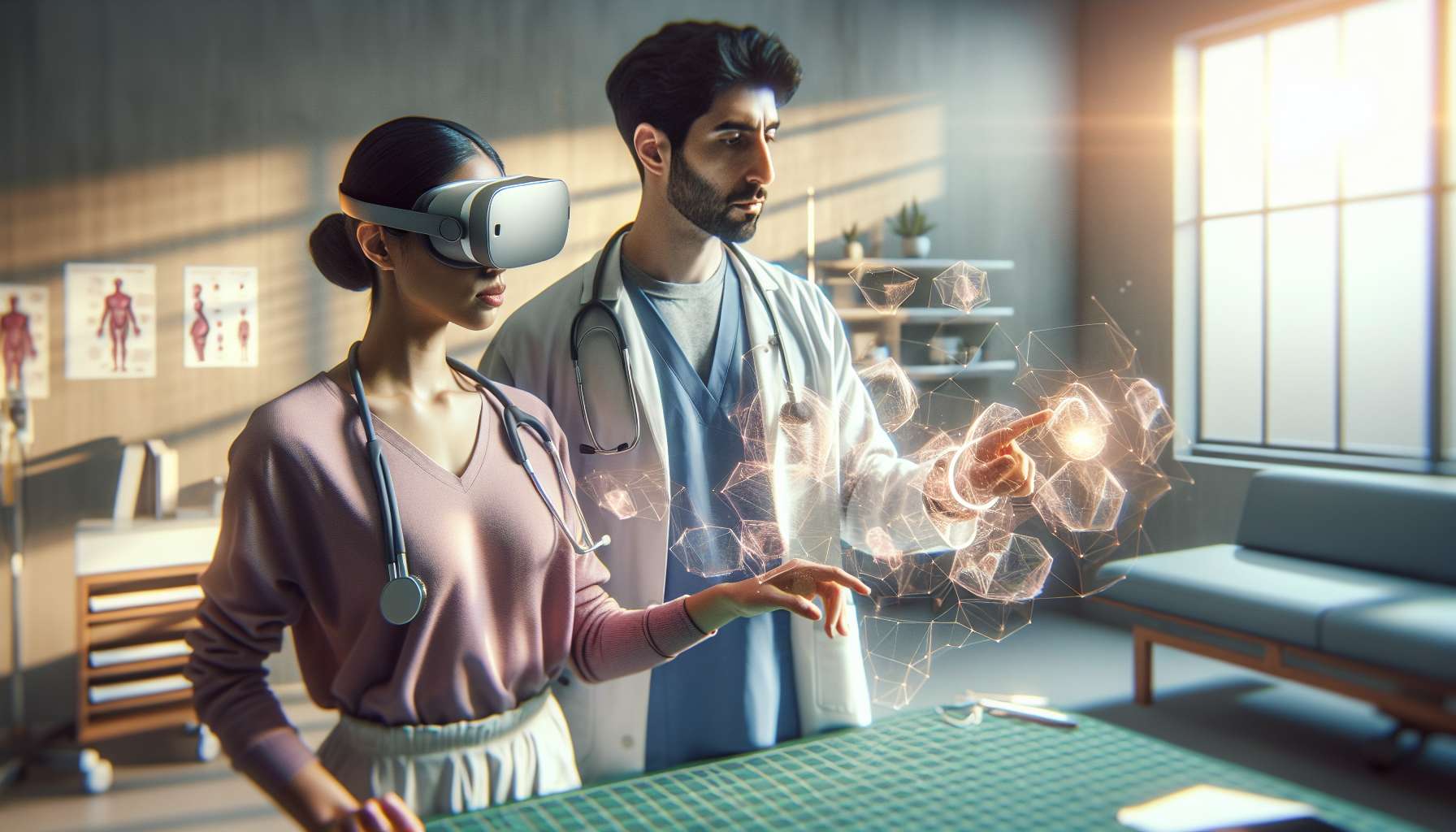Enhancing Medical Device Demonstrations with Augmented Reality
As technology continues to advance at an unprecedented pace, industries across the board are finding innovative ways to leverage its power. One such industry that has embraced the potential of augmented reality (AR) is healthcare. In particular, AR has proven to be a game-changer when it comes to enhancing medical device demonstrations.
What is Augmented Reality?
Before we delve into the practical applications of AR in medical device demonstrations, let’s first understand what augmented reality is. AR is a technology that overlays digital information, such as images, videos, or 3D models, onto the real world. It allows users to interact with virtual objects in a real-world environment, enhancing their perception and understanding of the world around them.
The Benefits of AR in Medical Device Demonstrations
Medical device demonstrations play a crucial role in showcasing the capabilities and benefits of new technologies to healthcare professionals. Traditionally, these demonstrations have relied on static images, brochures, or videos to convey information. However, AR takes these demonstrations to a whole new level by providing an immersive and interactive experience.
- Enhanced Visualization: AR allows healthcare professionals to visualize medical devices in a realistic and detailed manner. They can examine the device from different angles, explore its features, and even see how it interacts with the human body.
- Real-time Interactivity: With AR, medical device demonstrations become dynamic and interactive. Healthcare professionals can manipulate virtual objects, simulate device usage, and even perform virtual surgeries to gain a better understanding of the device’s functionality.
- Improved Learning and Training: AR can be a valuable tool for medical education and training. It enables students and trainees to practice using medical devices in a safe and controlled environment, reducing the risk of errors and improving their skills.
- Remote Collaboration: AR technology also facilitates remote collaboration between healthcare professionals. Experts can guide and mentor others in real-time, regardless of their physical location, by overlaying instructions and annotations onto the live video feed.
Real-world Examples
AR has already made significant strides in the healthcare industry, with several notable examples of its successful implementation in medical device demonstrations.
One such example is the use of AR in surgical procedures. Surgeons can wear AR glasses that provide them with real-time information, such as patient vitals, surgical plans, and anatomical overlays. This technology enhances their precision and reduces the risk of errors during complex surgeries.
Another example is the application of AR in medical device sales. Sales representatives can use AR to showcase their products to potential customers in a more engaging and interactive way. They can demonstrate the device’s features, simulate its usage, and even show how it compares to competing products.
The Future of AR in Medical Device Demonstrations
The potential of AR in medical device demonstrations is vast, and its future looks promising. As technology continues to evolve, we can expect even more advanced AR solutions that push the boundaries of what is possible.
Imagine a world where healthcare professionals can use AR to visualize complex medical procedures in real-time, guiding them through each step with precision and accuracy. Or a world where patients can use AR to better understand their medical conditions and treatment options, empowering them to make informed decisions about their healthcare.
With the rapid advancements in AR technology and its proven benefits in medical device demonstrations, it’s clear that this technology has the potential to revolutionize the healthcare industry.
Conclusion
Augmented reality is not just a buzzword; it’s a transformative technology that is reshaping the way we interact with the world. In the context of medical device demonstrations, AR offers enhanced visualization, real-time interactivity, improved learning and training, and remote collaboration.
Real-world examples have already demonstrated the power of AR in healthcare, and the future holds even more exciting possibilities. As business executives, it’s essential to stay informed about emerging technologies like AR and explore how they can enhance your business’ performance and drive innovation.
So, why not take a closer look at augmented reality for enhancing medical device demonstrations? The potential benefits are undeniable, and the opportunities for growth and improvement are endless.





